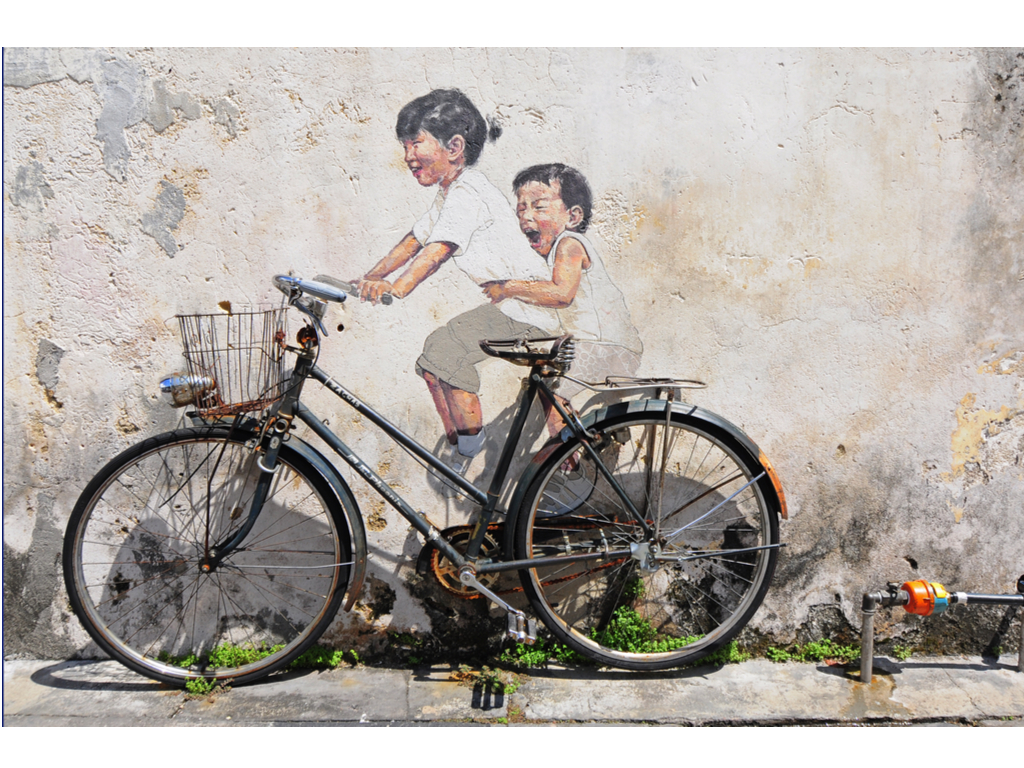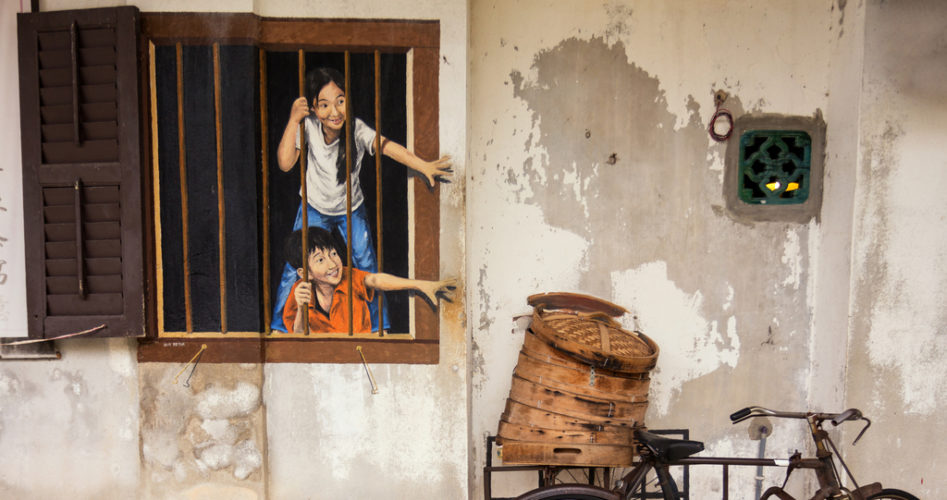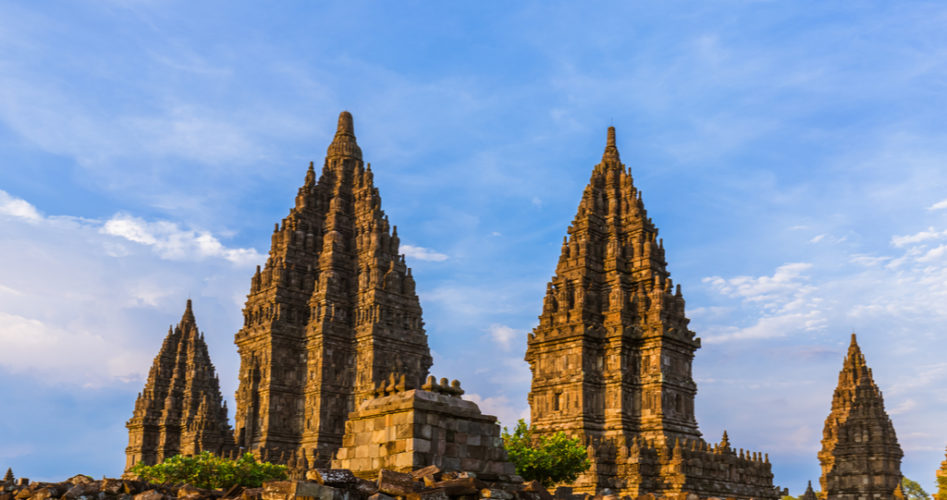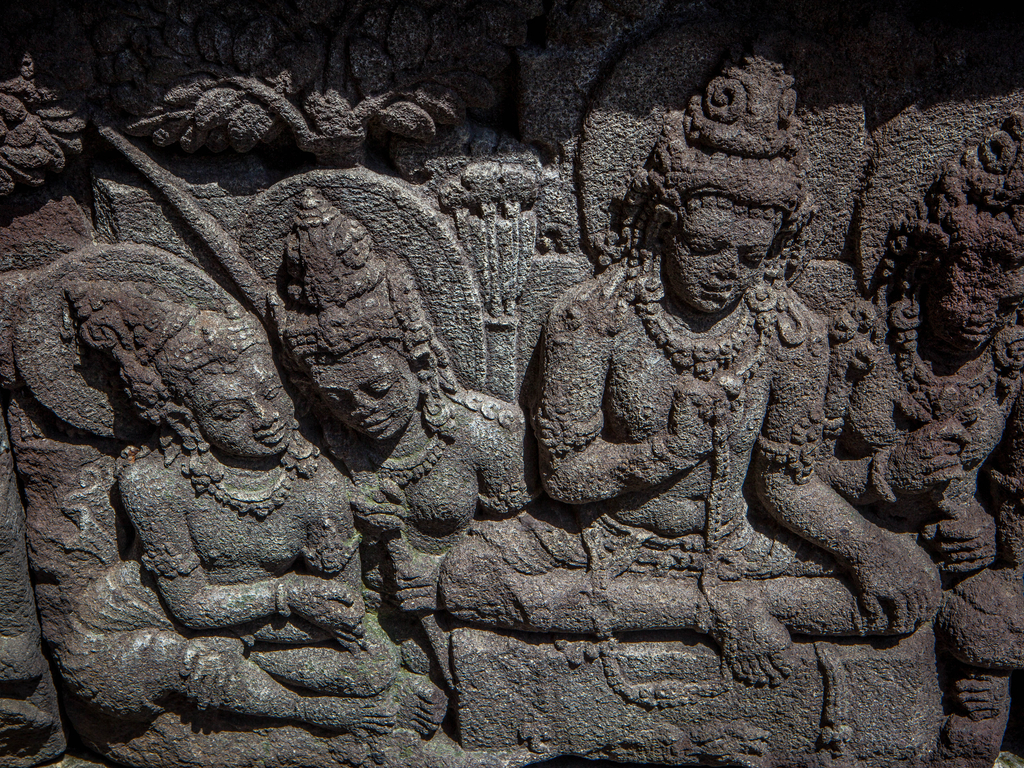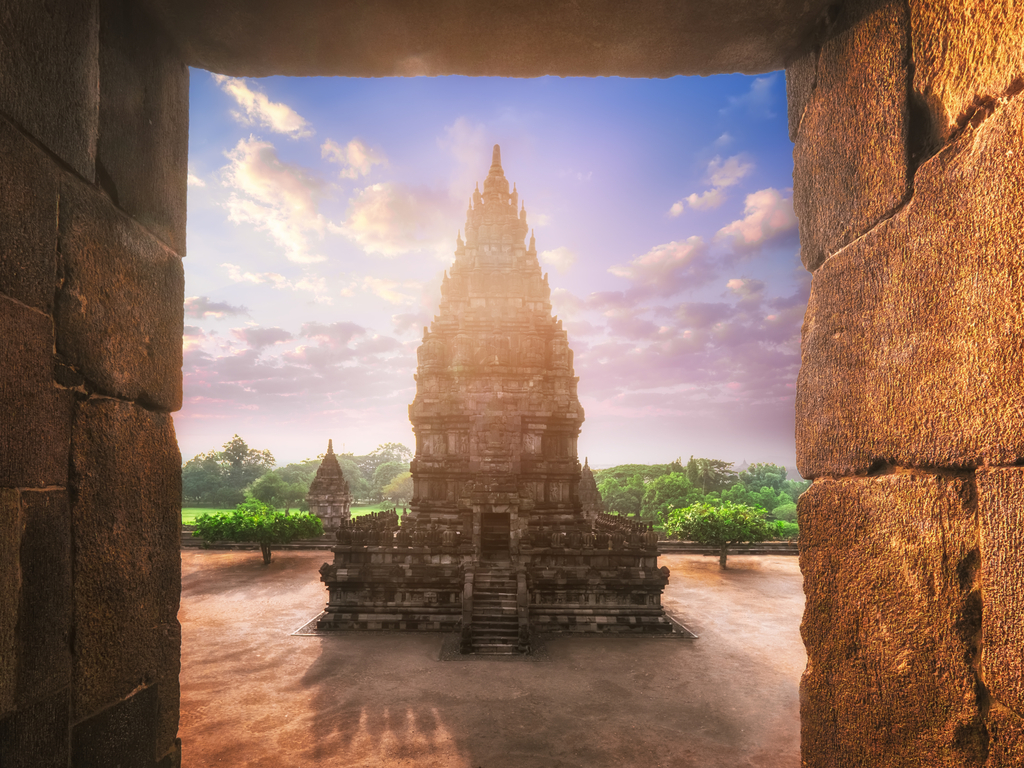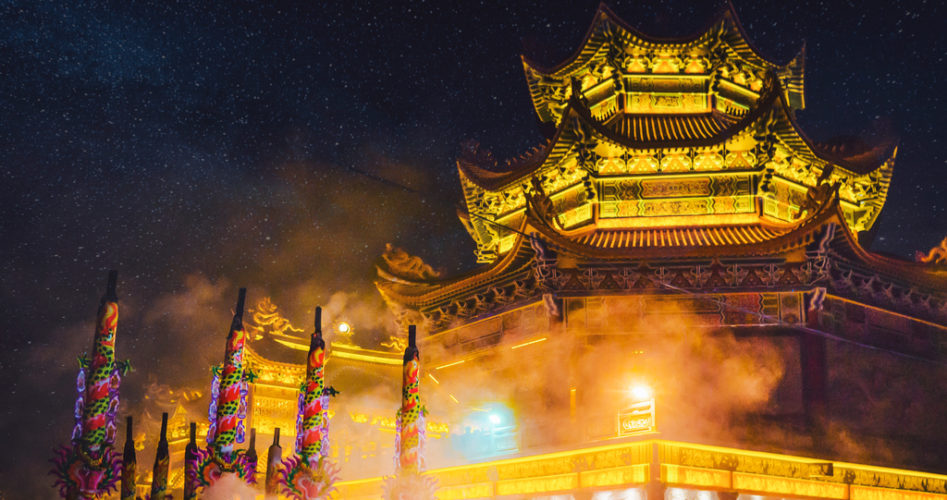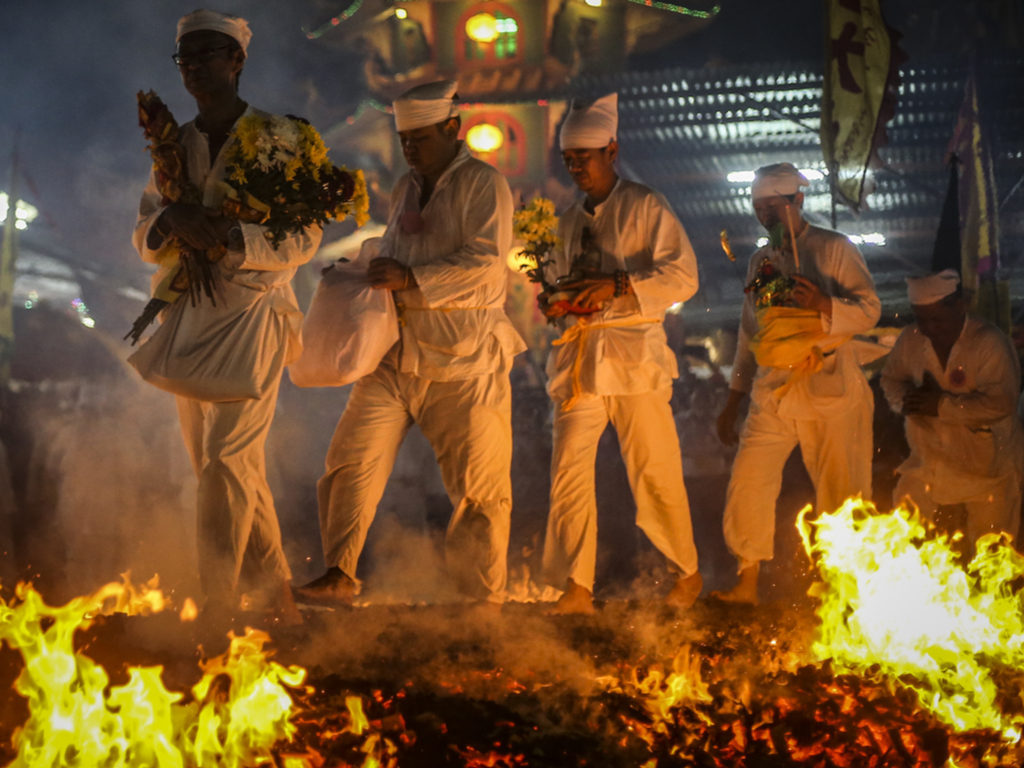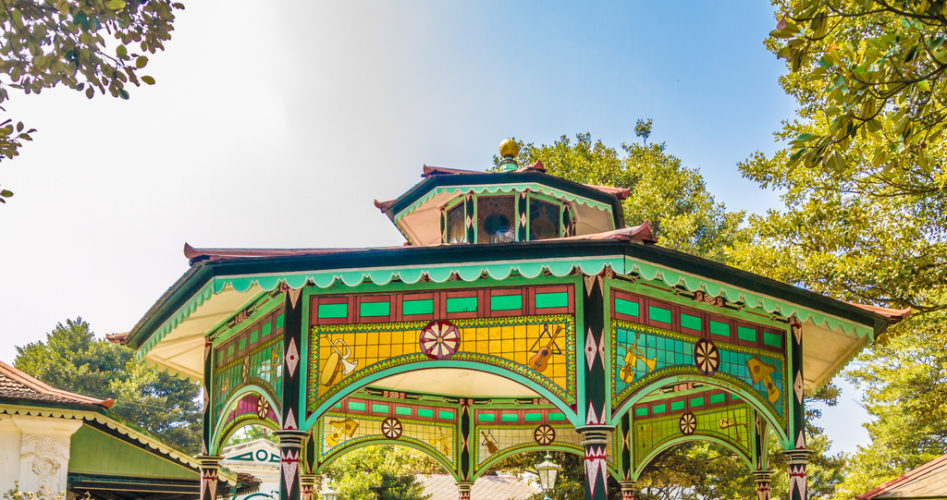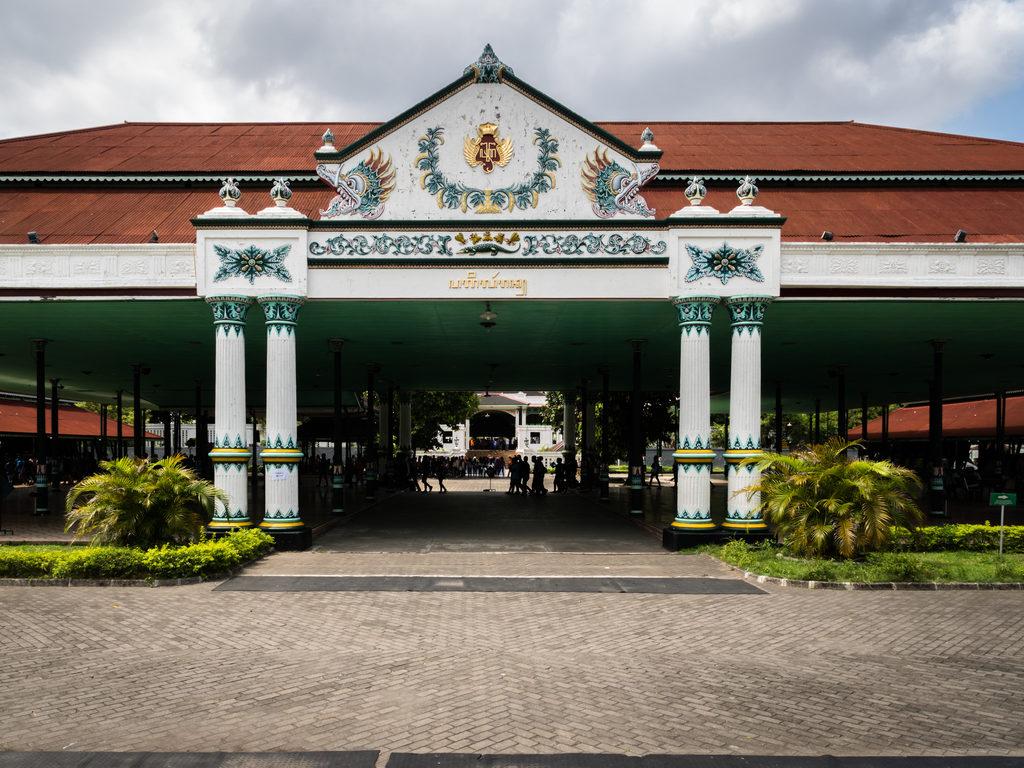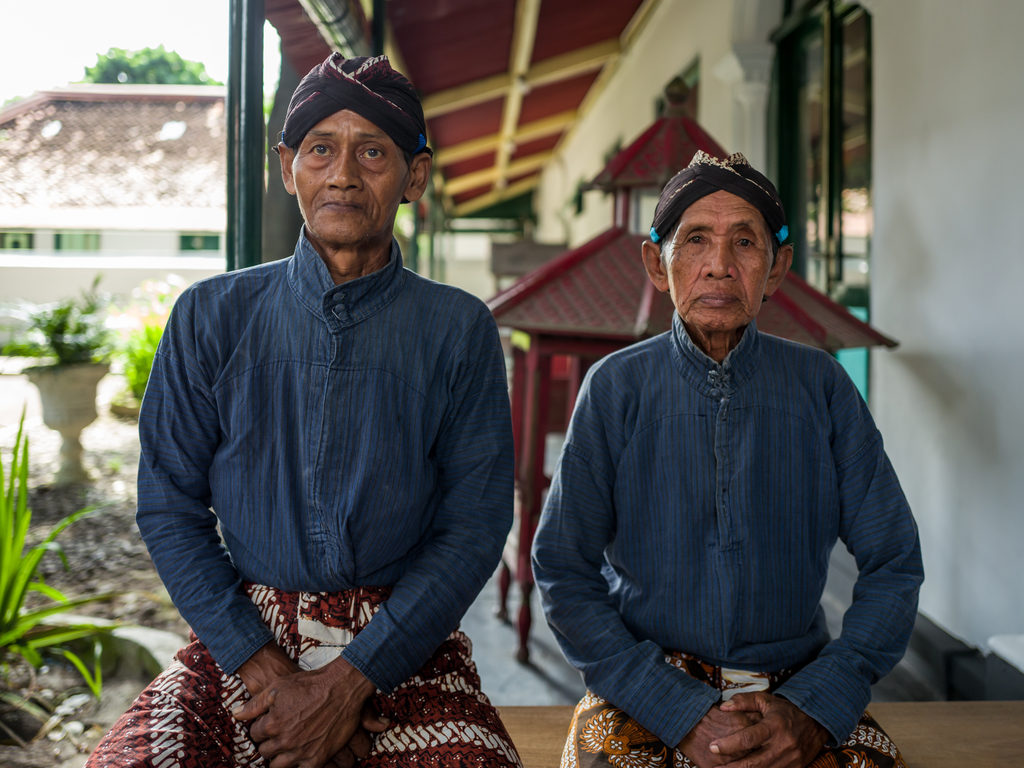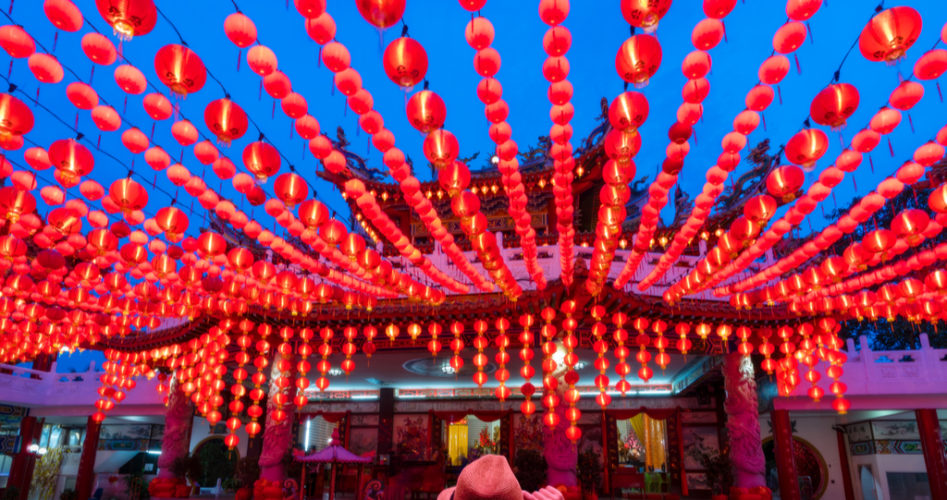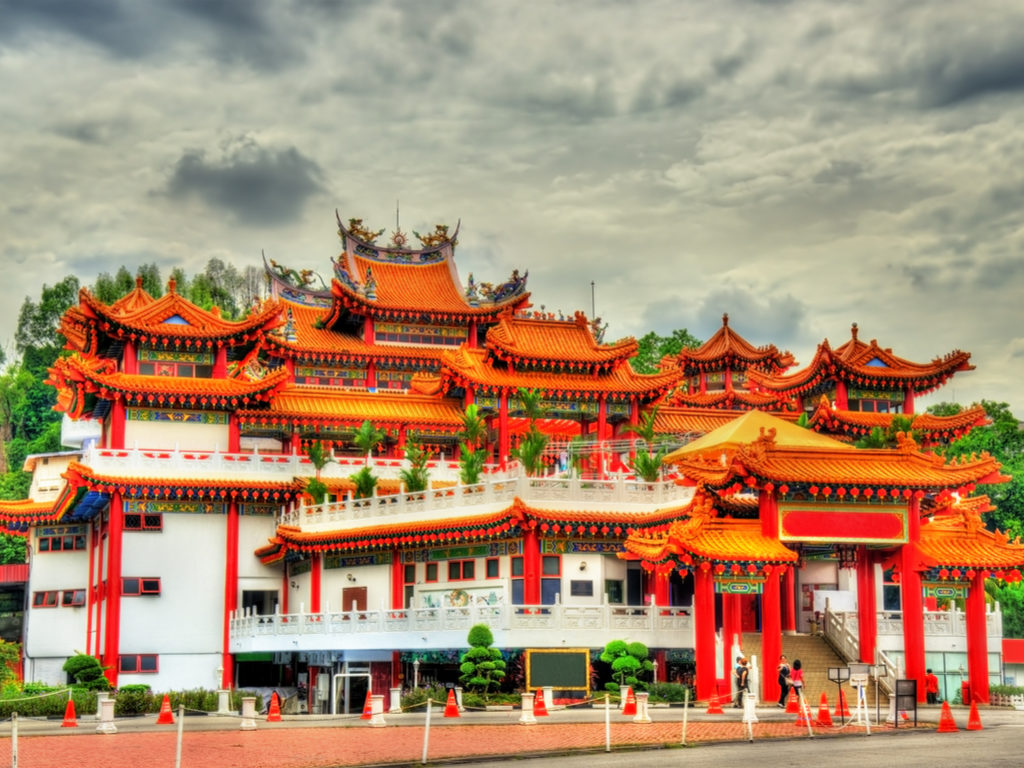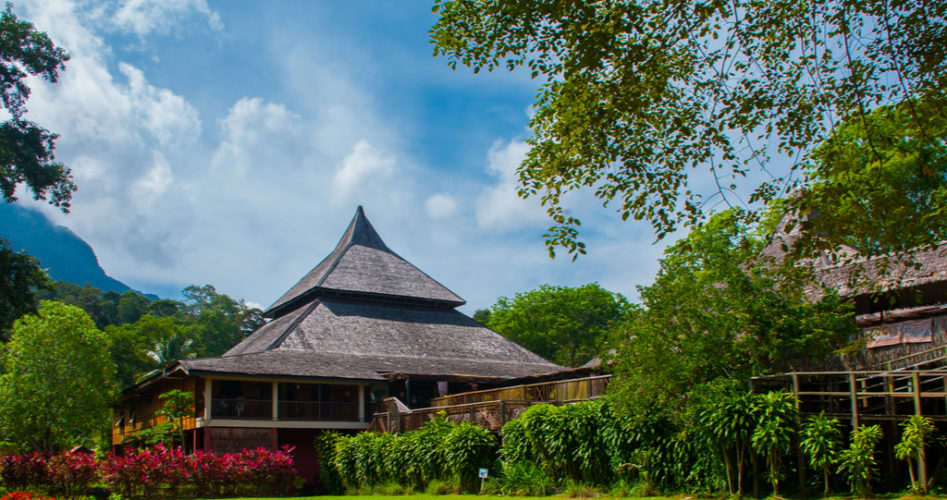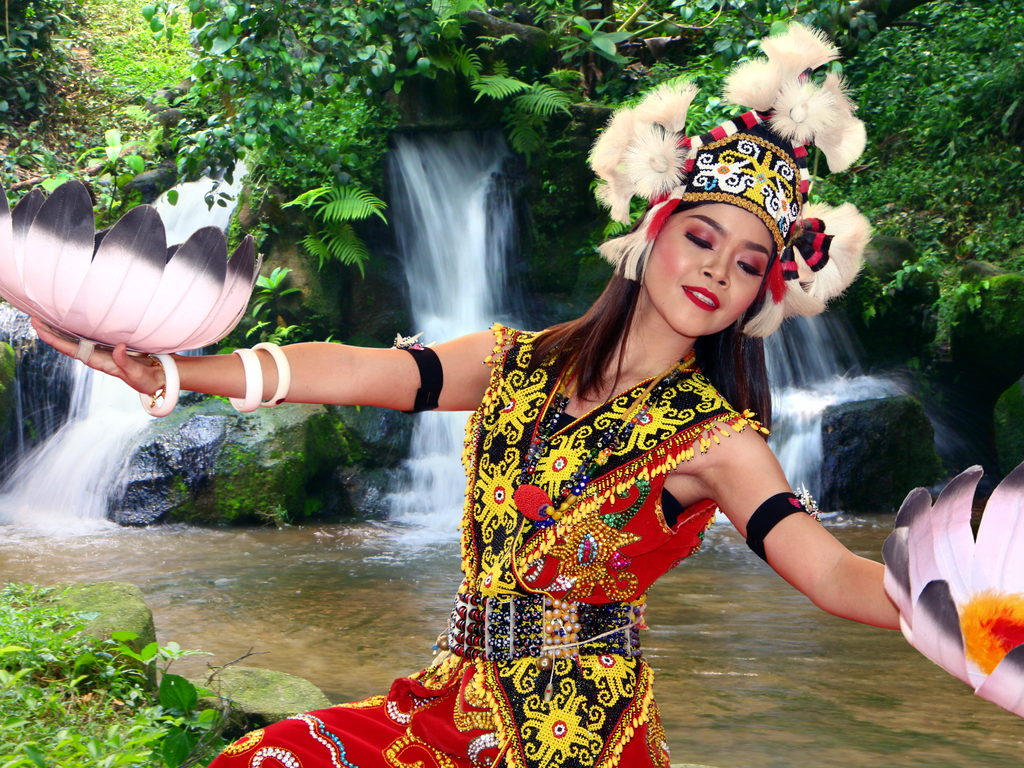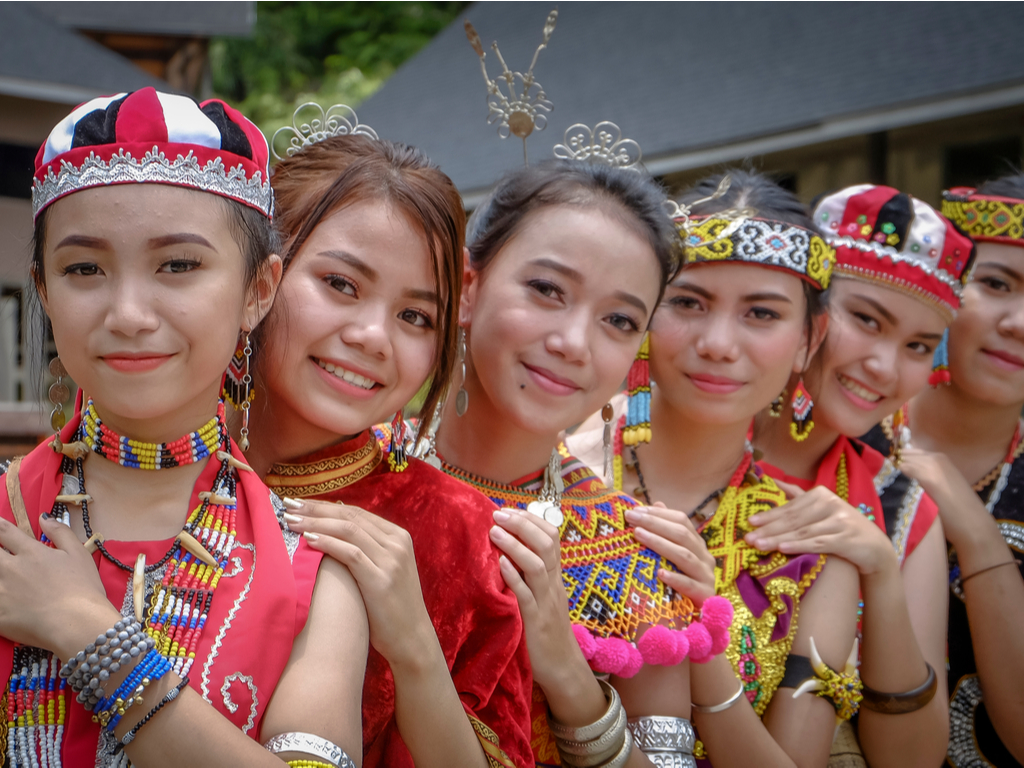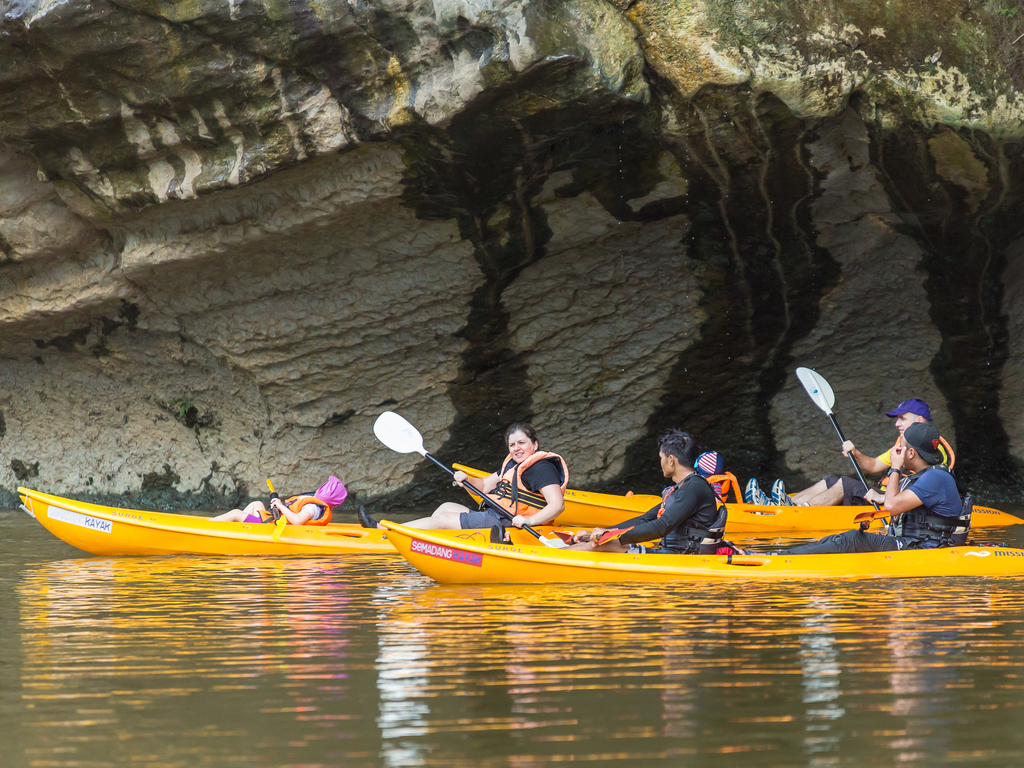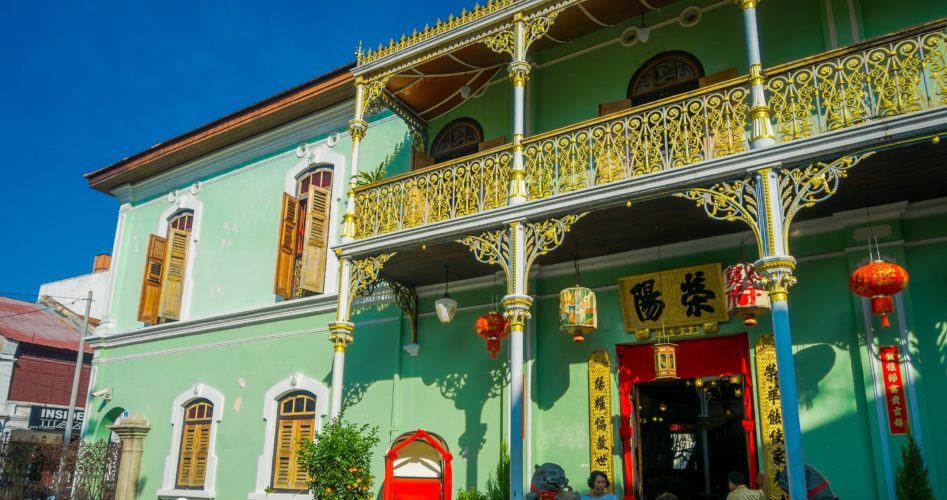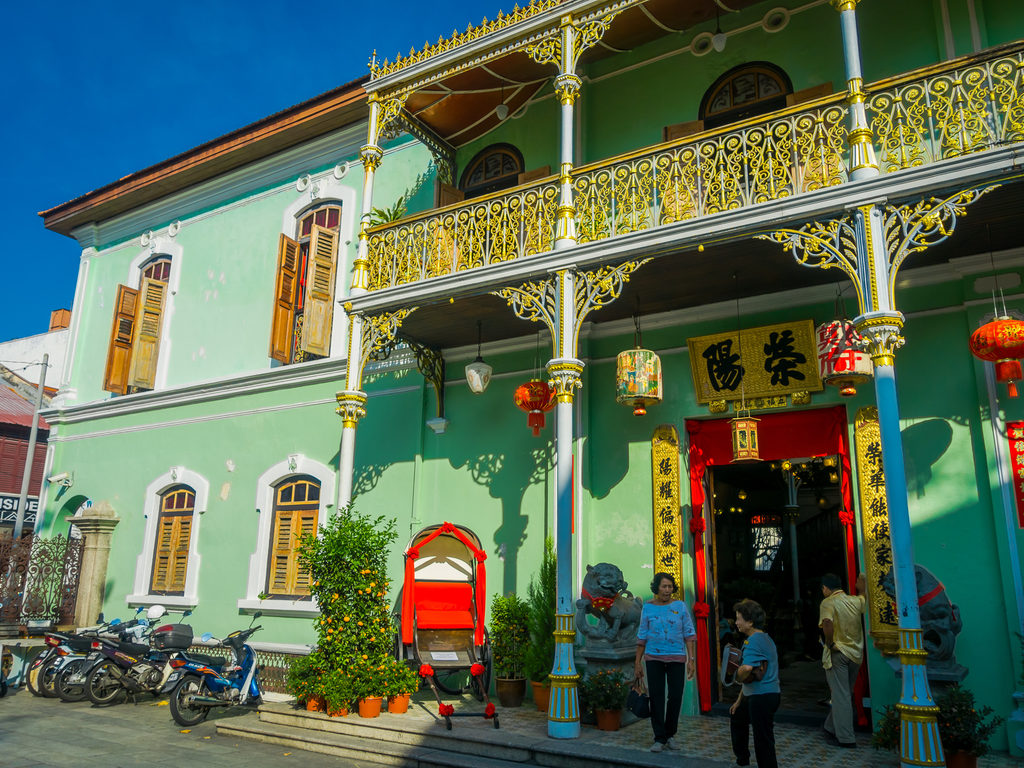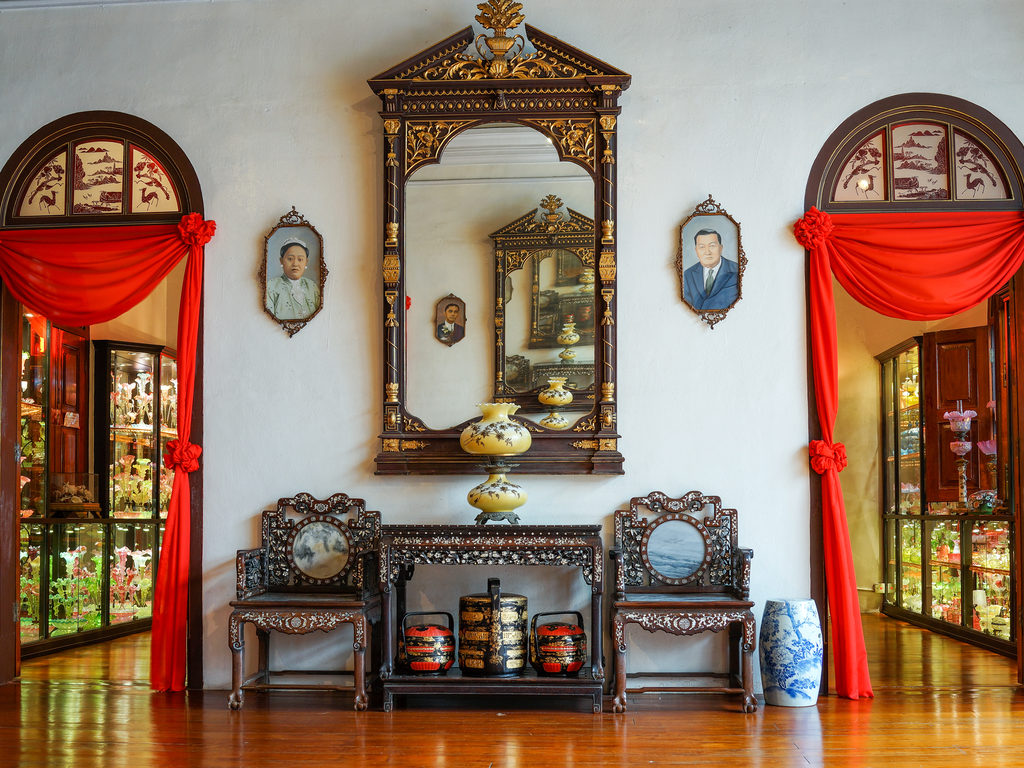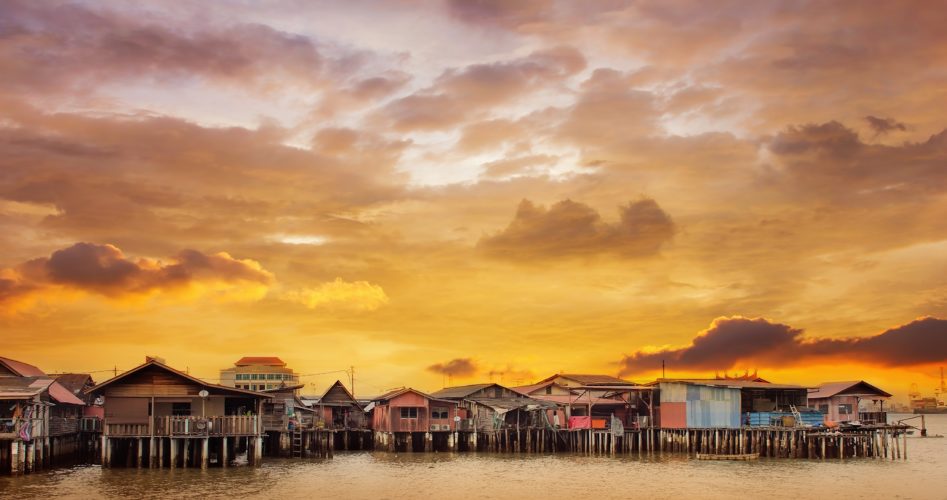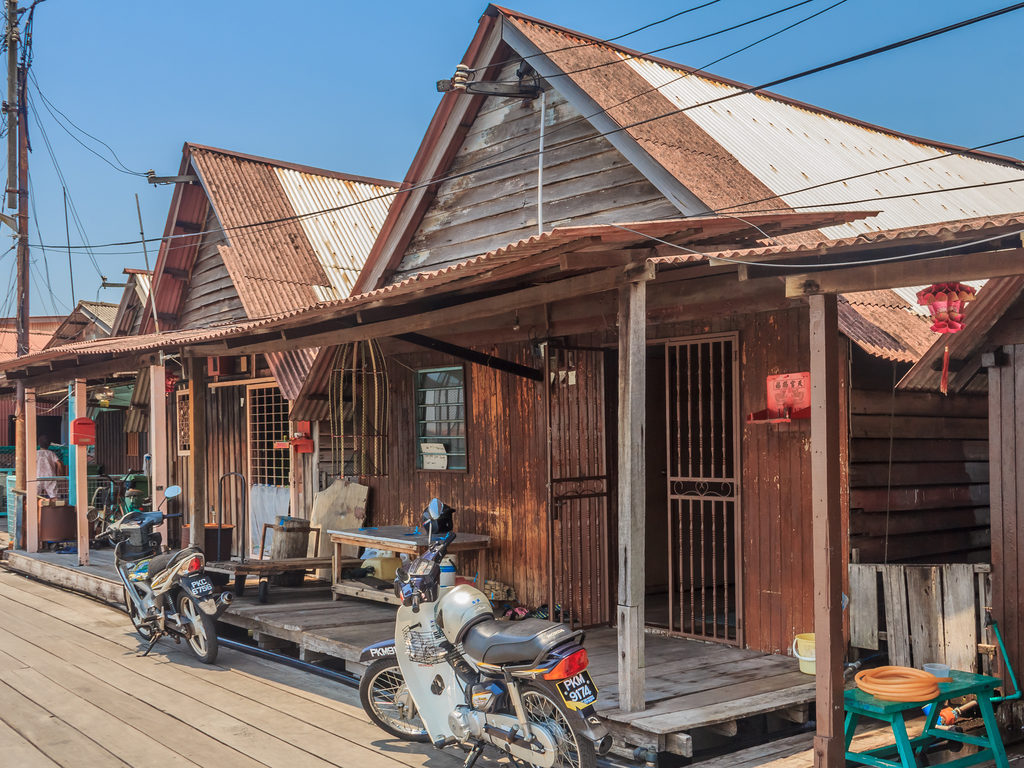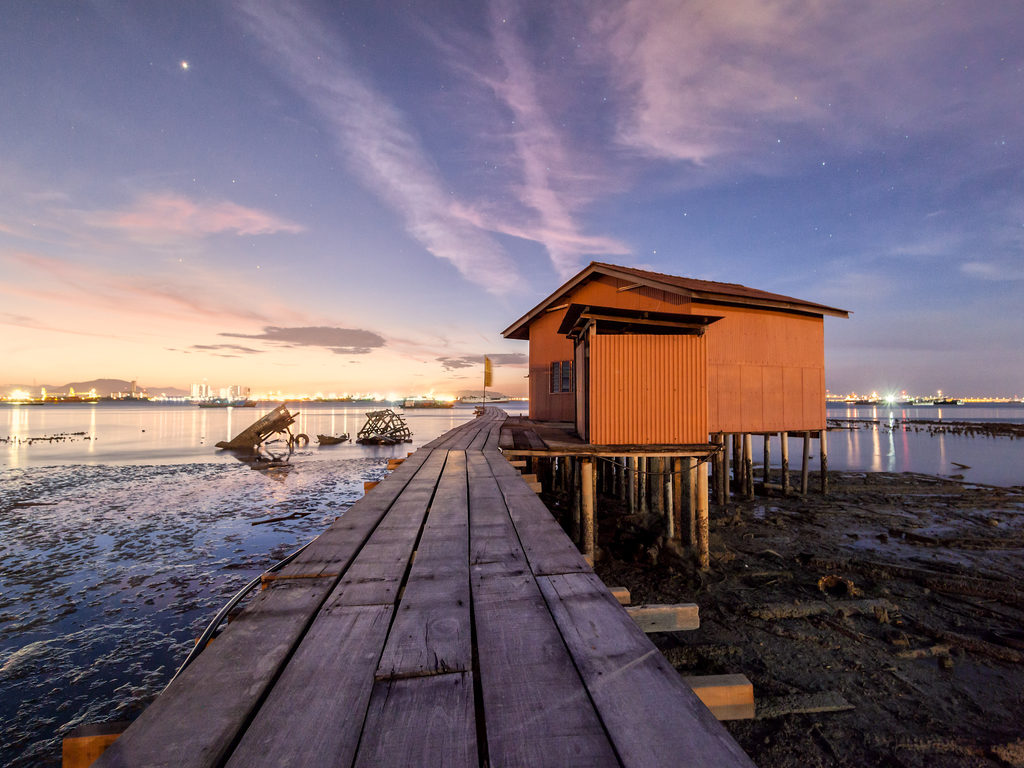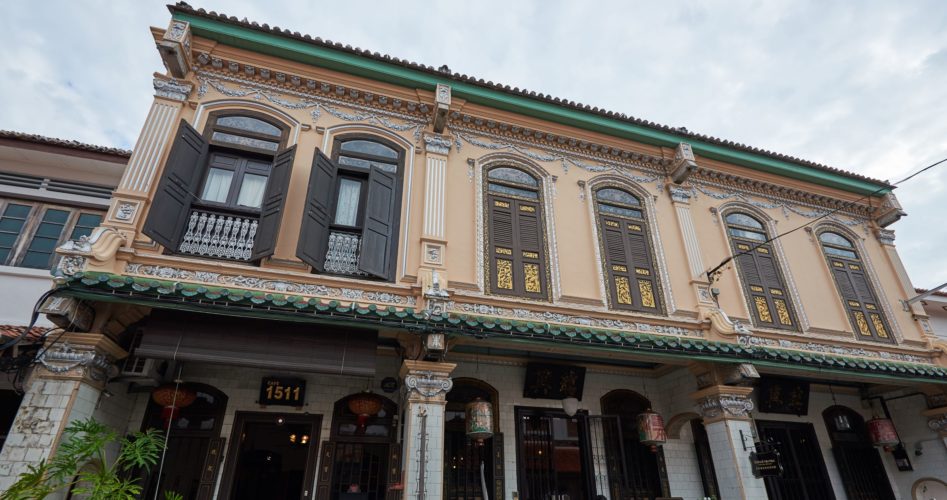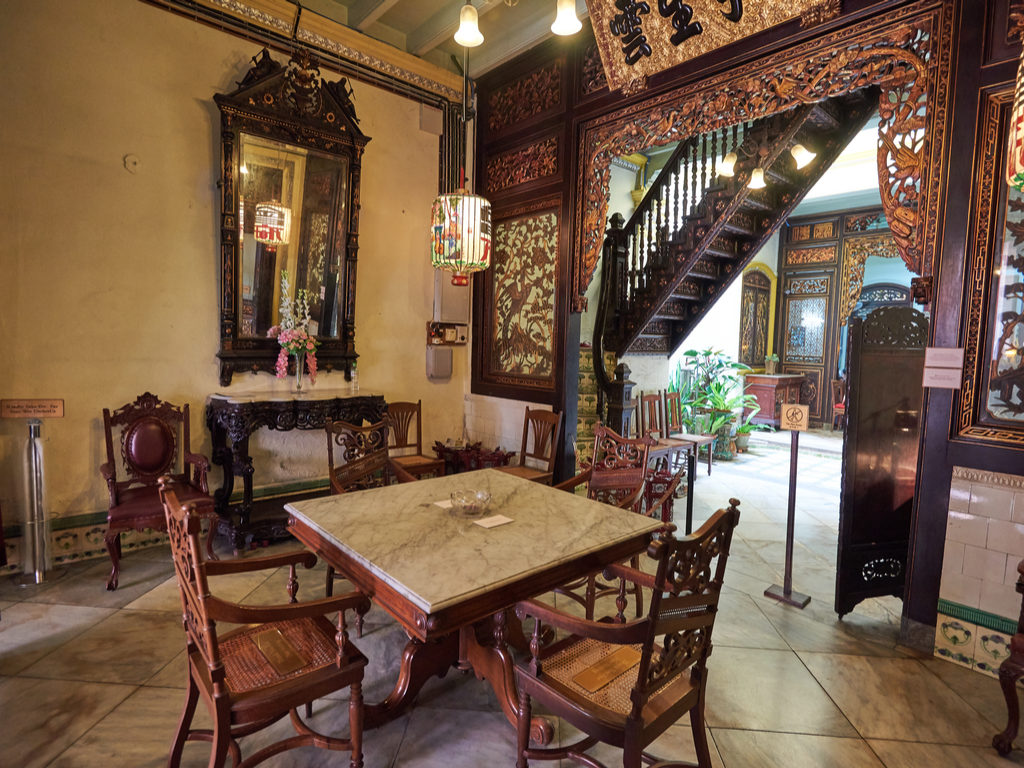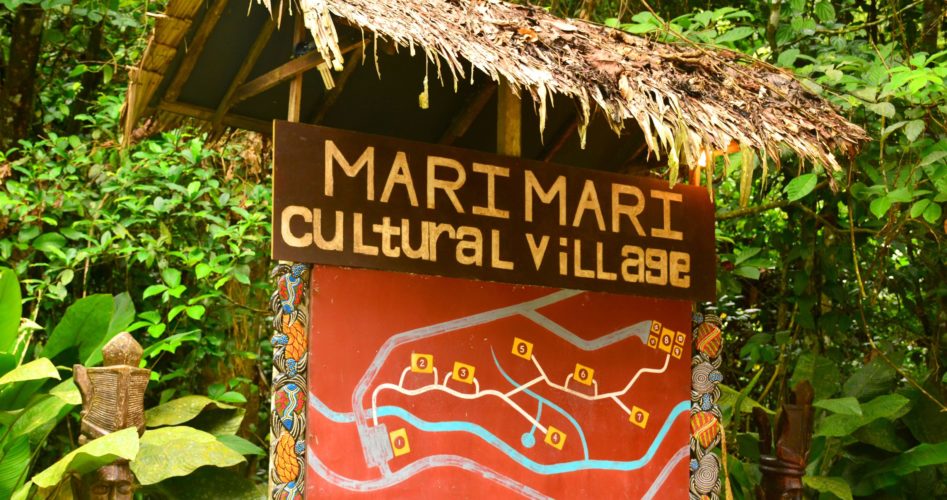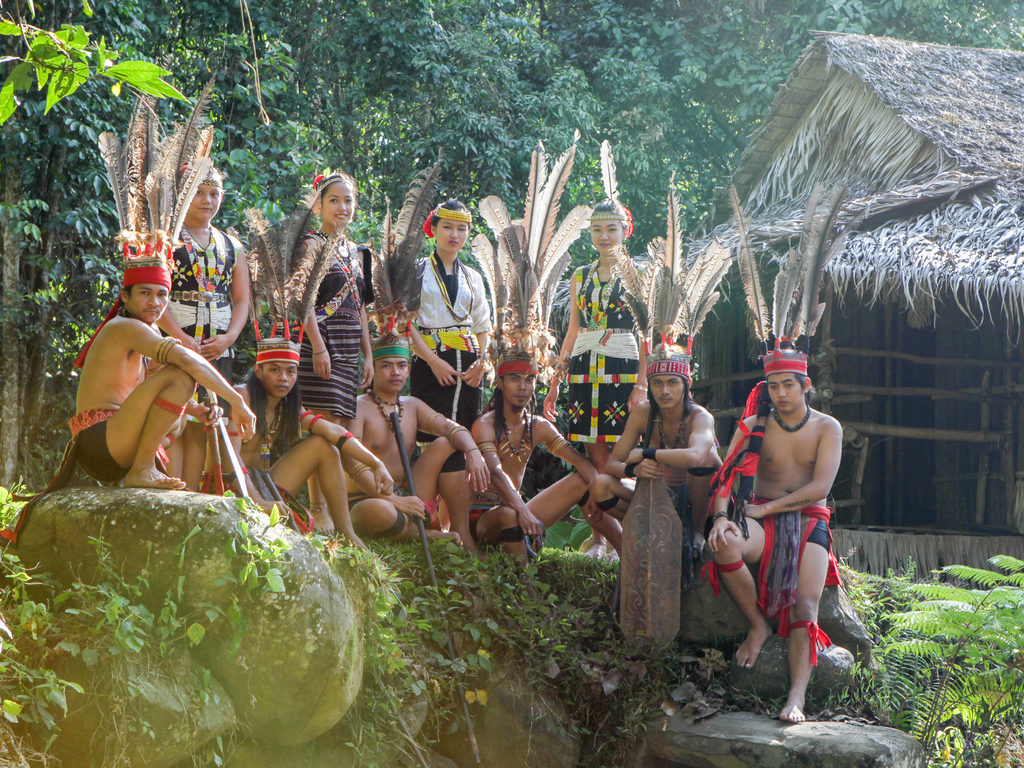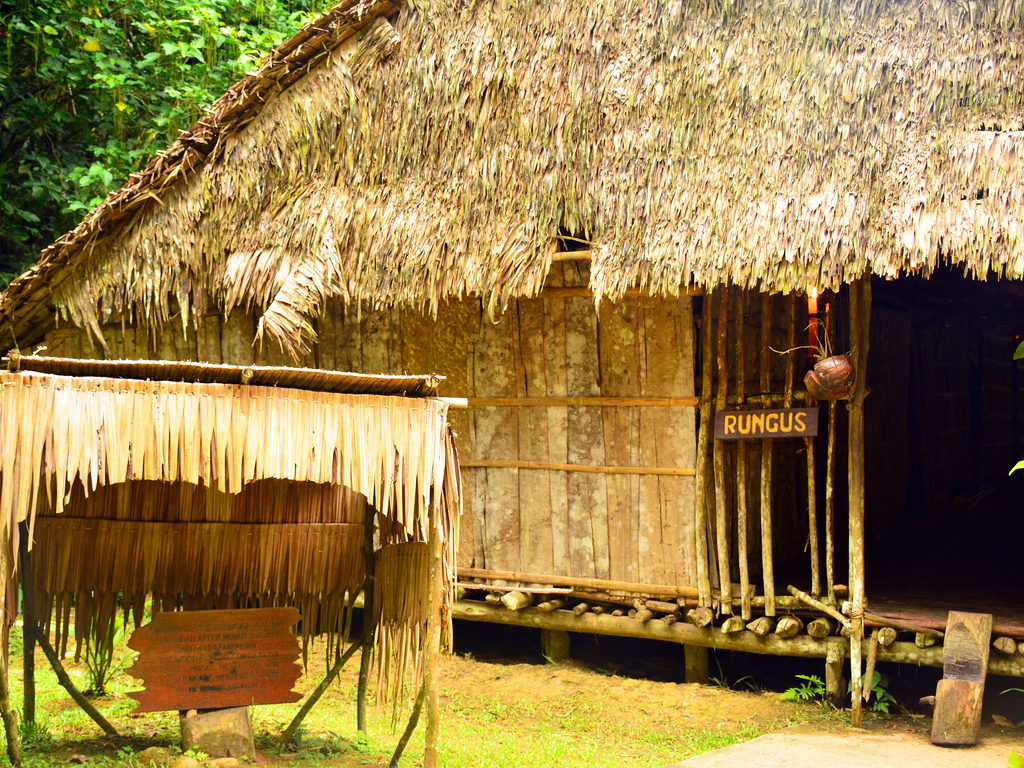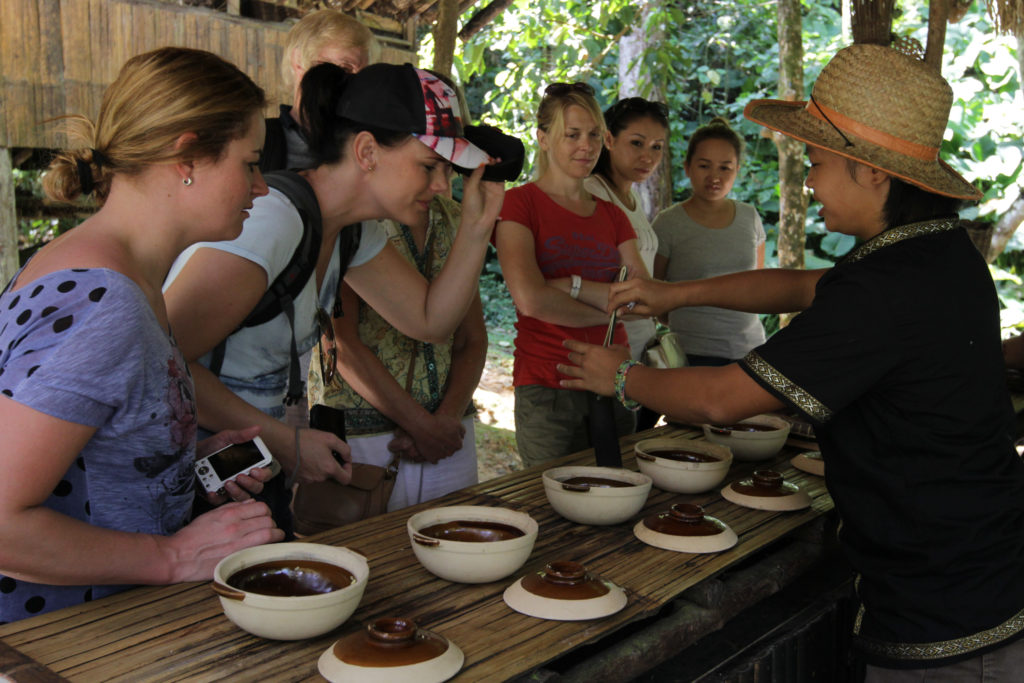A trip to Penang is not complete without checking out the many quirky street arts Georgetown. has become famous for! Started as an activity to boost tourism, the municipal corporation commissioned artist Ernest Zacharevic to give a makeover to the sleepy little town. Since then, there has been no looking back since then! More street art has cropped up all over Penang, reflecting its local culture. The artwork is ever evolving and takes a bit of looking to actually spot and appreciate. Most of the pieces in plain sight while a few are in narrow alleyways. Looking for a art piece is almost like a live treasure hunt!
Locating the street art
Once you land in Penang, take the help of a map to find the artwork. Also, explore the alleys and bylanes to spot the street arts at the most unlikely places. Searching and locating the street art is one of the best ways to get a tour of Penang. While some of these paintings tell you fun facts about the city, the others celebrate the history and heritage of Georgetown, to put the stories of the past back into the city. If the walking and searching feel overwhelming to you, the most convenient way to do this is to take a guided tour of Penang from Locaguide where you can customise your itinerary to include a street art tour. While you’re on this tour, ask your local guide to help you find the famous and the not so famous ones and share tales of local life in Penang.
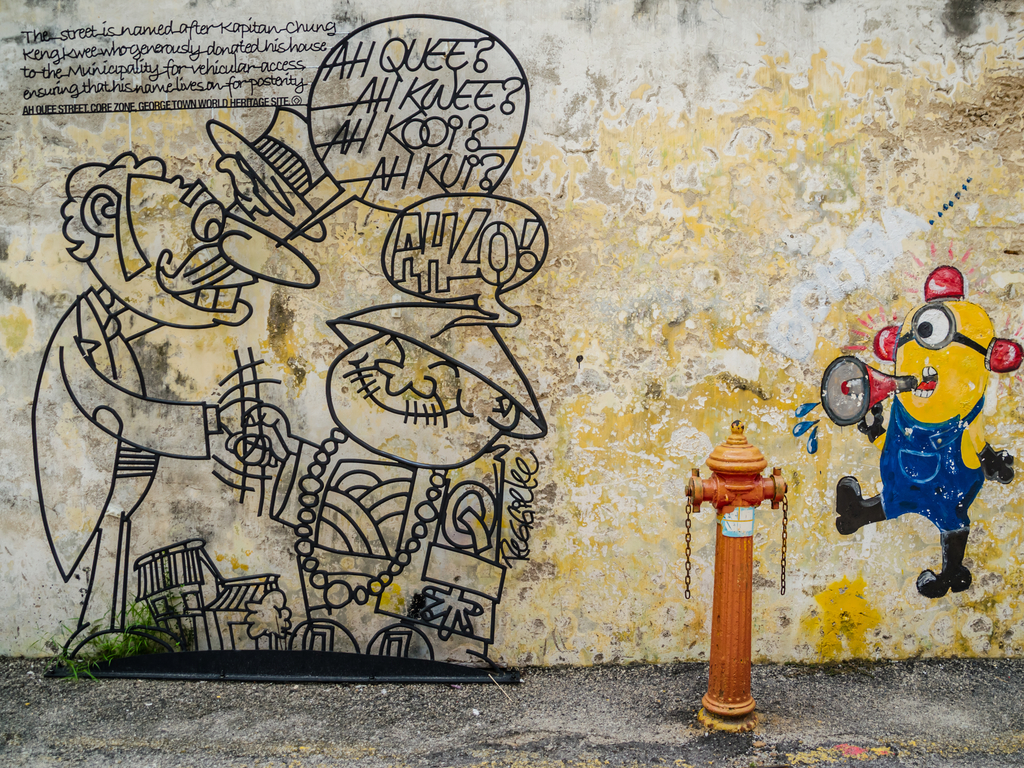
Moreover, some of the pieces are so realistic that they are often mistaken for actual children or people. The only telltale sign to spot them can be a person striking pose near them or by going right up to the wall. One of the best ways to experience these street arts is by posing with the painting and almost becoming a part of the picture. And that’s what sets the street art of Penang apart – by being interactive and engaging the visitor!
